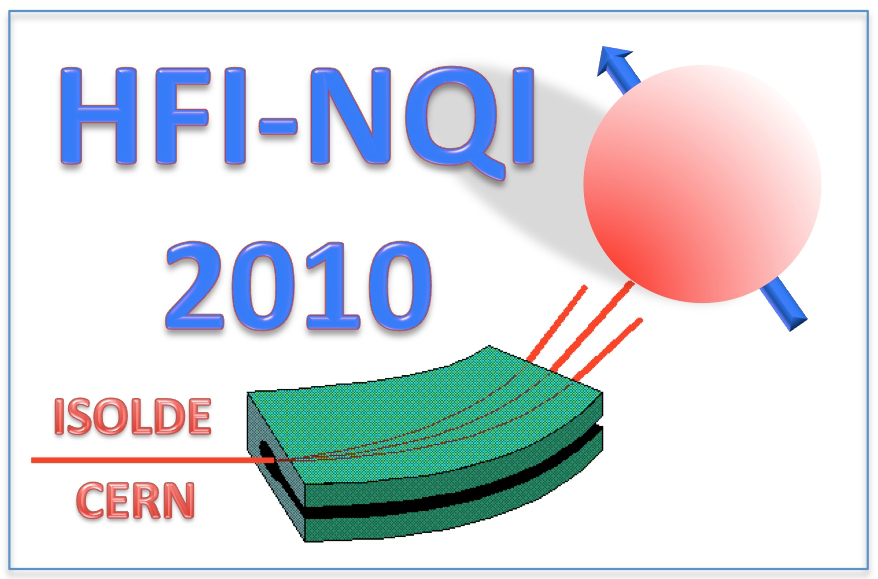Speaker
Gregory Kibrik
(Perm State University)
Description
Multiple-pulse method is one of the most effective and promising high-resolution nuclear quadrupole resonance (NQR) techniques for the study of solids. This method is very effective in the study of the spin lattice relaxation processes due to a slow atomic motion. Usually the theoretical description of multiple-pulse experiments both in NMR [1] and NQR [2] is based on the construction of the cyclicity effective time independent Hamiltonian by using the conditions for periodicity and cyclicity of the pulsed action. Then the dynamics of a spin system subjected by pulsed RF fields is presented in an equivalent form as the motion of nuclear spins in a constant effective field [3]. The magnitude and direction of this effective field are determined by parameters of the multiple-pulse sequence. An experimental measurement of the value of the effective field is important for the confirmation of this theoretical model. It is reasonable to suggest that an additional field with a low frequency close to resonance one in the effective field should cause resonance absorption of energy.
Indeed, we have observed multi-frequency resonances in polycrystalline KClO3 irradiated simultaneously by a multiple-pulse radiofrequency sequence and a low frequency field swept in the range 0 - 80 kHz [4].
In the present paper we studied experimentally resonance transitions in the nuclear spin system of polycrystalline KClO3 subjected by a simultaneous action of a multiple-pulse RF sequence and an additional pulse low frequency (LF) field. As result we observed the spin echo signal with unusual envelope shape.
1. Ivanov Y. N., Provotorov B. N. and Fel’dman E. B., Pis’ma v Z. Eksp. Teor. Fiz. 27, 164 (1978) ; Sov. Phys. JETP 24, 135 (1978).
2. Ainbinder N. E. and Furman G. B., Z. Eksp. Teor. Fiz. 85, 988 (1983); Sov. Phys. JETP 58, 575 (1983),
3. Maricq M. M., Phys. Rev. Lett. 56, 1433 (1986).
4. Furman G. B., Kibrik G.E., and A.Yu. Polyakov, Hyperfine Interactions 159,157 (2004).
Author
Gregory Kibrik
(Perm State University)
Co-author
Gregory Furman
(Ben Gurion University)
